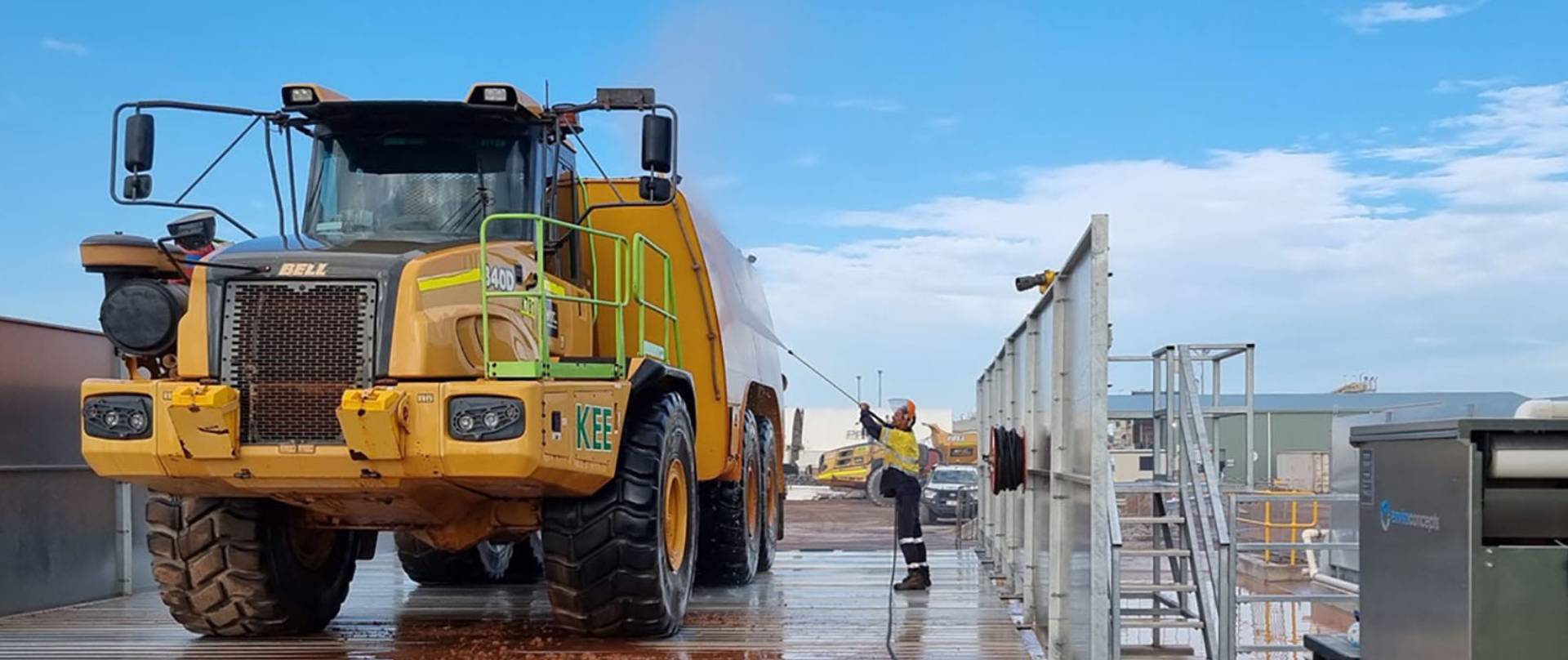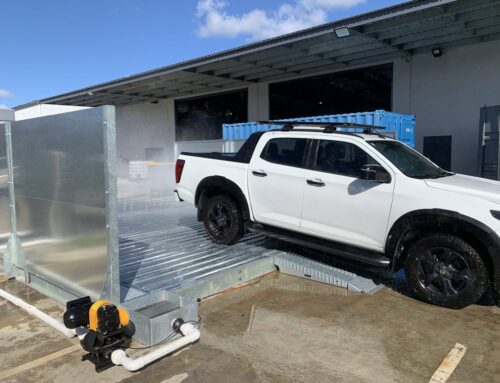Looking to reduce skyrocketing water bills and stay compliant with local authority regulations? The answer might be simpler than you think: a purpose-built wash bay system. If you’re still relying on manual equipment and vehicle wash processes, you’re not only risking the case of non-compliance and operational inefficiencies, but you’re also throwing away thousands in unnecessary water and labor costs every year.
Don’t let the case of generic wash solutions slow your operations down. You need custom-engineered systems, not one-size-fits-all answers—and yes, you can get Australian-made quality products delivered fast, with full compliance and long-term savings.
The Hidden Costs of Manual Vehicle Washing (vs. Wash Bays)
Manual vehicle wash practices might appear affordable at a glance—but that’s not the case, they carry hidden costs that escalate quickly over time. Here’s a breakdown of the real expenses:
| Category | Manual Washing | Purpose-Built Wash Bay |
| Average water use | 120–150L per vehicle | 20–30L with water recycling |
| Labour per vehicle | 20–30 minutes | 5–10 minutes with efficient equipment |
| Compliance | High risk of violations | Built-in features for compliance |
| Downtime and inefficiency | Frequent | Reduced with faster wash cycles |
| Environmental risk | High, especially near local residents | Controlled via engineered runoff systems |
Many operations overlook the cost of fines or shutdowns resulting from trade waste violations. In fact, improper discharge from a single car wash setup can result in the case of penalties exceeding $100,000 annually, particularly if wastewater or effluent reaches stormwater drains without pretreatment.
Manual systems often lack containment, proper equipment, or an engineered wash bay floor, resulting in pollutants in wastewater like oil, grease, and silt entering the ground. This puts your operation at odds with council and environmental regulations.
By contrast, custom portable wash bay solutions include built-in containment, silt traps, flush diversion systems, and oil water separators—all specifically designed to handle heavy machinery and industrial washing demands.
How Wash Bay Water Recycling Systems Dramatically Cut Water Use

A high-performance wash bay system, whether permanent or portable, integrates water treatment systems that dramatically reduce freshwater demand. In fact, wastewater or wash water recycling can save between 60% and 90% of water usage per wash cycle.
Typical wash bay water recycling system process:
- Collection: Water drains from the wash bay floor into below-ground catchment areas or tanks.
- Pre treatment: Contaminants are filtered out using sedimentation, silt traps, and oil water separators.
- Storage: Treated water is stored in holding tanks, ready for reuse in the next wash cycle.
These water recycling systems not only conserve water but also reduce dependency on the main supply, which can be especially costly or unreliable in remote or drought-prone areas.
Systems can also be designed to accommodate an unroofed wash area with weather-proofed components, allowing operations to continue in open environments. Depending on your wash bay design and construction, you can integrate components to fit under-roof or fully exposed outdoor conditions.
By minimising the volume of water that requires disposal or external treatment, these systems also reduce waste disposal fees and environmental risk.
Real Cost Savings: How Wash Bays Cut Water Bills and Operating Expenses
Installing a permanent or portable wash bay system yields measurable savings across water consumption, operating costs, and compliance. Here’s how businesses are saving thousands annually:
- Reduced water consumption by 80–90% through treatment and recycling
- Lowered water bills by $5,000–$10,000+ per year, depending on vehicle volume
- Decreased labour costs with faster wash times
- Avoided penalties and shutdowns due to non-compliant wastewater discharge
- Decreased chemical use via integrated pre treatment systems
For example, a regional transport depot washing 15 vehicles per day reduced their monthly water usage from 54,000L to 10,800L, cutting annual costs by over $9,000. More importantly, they maintained full compliance with their local authority and eliminated downtime caused by blocked drains and overflow from inefficient permanent and portable wash setups.
In areas where environmental scrutiny is high—like near residential zones or in mining regions—this kind of savings is just one benefit. The real gain is in risk avoidance and operational certainty.
Stay Compliant and Eco-Friendly: Sustainable Wash Bay Solutions

Environmental compliance is not just a regulatory checkbox—it’s a critical part of protecting your brand, avoiding costly incidents, and building long-term operational resilience. Permanent and portable wash bays are products that offer an easy, scalable path to achieving both sustainability and compliance goals.
By including components like flush diversion systems and oil water separators, modern permanent and portable wash bay systems meet and exceed discharge criteria set by Australian councils and environmental agencies.
This is particularly crucial for industries like mining, construction, equipment hire, and automotive workshops, where wastewater or effluent may contain hydrocarbons, heavy metals, or sediment that can’t be released into the sewer untreated.
Using water treatment systems with closed-loop recycling not only keeps your operation green—it also reduces pressure on local infrastructure and ensures you remain within the limits of your trade waste discharge permit.
Choosing eco-friendly systems and products also demonstrates corporate responsibility, which is increasingly important when working with government agencies, contractors, and community stakeholders.
How to Choose the Right Wash Bay System for Your Fleet or Equipment
The key to maximizing return on investment is selecting the right wash bay solution for your application, whether it be portable, permanent, unroofed, or more. Here are a few considerations when reviewing your options:
- Fleet type: Trucks, utes, or earthmoving equipment all have different clearance and containment needs.
- Volume of washing: Higher throughput requires greater filtration and treatment capacity.
- Space constraints: Portable wash bays offer flexible placement and relocation if space is limited.
- Roofed vs. unroofed wash: Climate, runoff control, and AQIS requirements will influence the design of wash bays.
- Regulatory obligations: Ensure the system includes proper bunding, oil separation, and pre treatment components.
Contact EnviroConcepts today, our team works with a wide range of industries, from mining to construction, to design fit-for-purpose solutions and products. Whether you’re operating in remote mining camps, construction sites, or a metro-based car wash site, the right wash bay design and construction ensures easy integration with your existing workflow—and long-term operational efficiency.
Proven ROI: How Wash Bays Deliver Years of Cost and Water Savings
One of the most compelling reasons to upgrade to a wash bay system is the long-term return on investment. While upfront costs vary depending on size and customisation, most wash bays achieve payback within 12 to 24 months based on water savings alone.
ROI is further enhanced when factoring in:
- Reduced downtime from manual washing inefficiencies
- Avoided fines and environmental compliance issues
- Long system lifespan (10+ years with structural warranty)
- Minimal maintenance requirements
- Higher asset life through consistent, safe vehicle cleaning
In one case study, a logistics company reduced total wash-related costs by 68% over three years after installing a wash bay with water recycling. Their fleet wash frequency increased, but their water bills dropped—and their compliance record became spotless.
The modular nature of our wash bays means upgrades or capacity expansions can happen without full overhauls. This scalability ensures long-term value and adaptability as your operation grows.
Wash Bay Setup and Maintenance Tips to Maximize Efficiency
To ensure optimal performance and longevity of your wash bays, proper setup and regular maintenance are essential.
Tips for setup and care:
- Choose an installation area with proper drainage and access for waste removal
- Maintain regular inspections on holding tanks and oil separator performance
- Clear silt traps frequently to prevent clogging or overflow
- Monitor recycled water quality and perform sampling for compliance checks
- Train staff on using and maintaining equipment correctly
- Use weather-rated components for unroofed wash configurations
- Schedule periodic service checks to avoid unexpected downtime
Well-maintained systems continue to deliver efficiency and savings well into their second decade of operation. Contact us at EnviroConcepts, our team offers service packages and documentation to ensure you’re covered at every stage.
A Smarter Way to Wash
Wash bays aren’t just an upgrade—they’re a strategic investment in the future of your operations. With the right system in place, you can reduce water bills, improve wastewater treatment, meet all environmental obligations, and maintain high-performance vehicle fleets without disruption.
Think custom solutions take too long? Think again. Contact EnviroConcepts today, our Australian-made systems are modular, fast to deploy, and backed by local support from coast to coast.
Ready to save on costs, improve wastewater treatment, ensure compliance, and get a tailored wash solution that works?
Contact EnviroConcepts for a free consultation or request an online estimate. Discover how we’ve helped over 500 companies across Australia implement efficient, compliant, and cost-saving wash bay systems and equipment.
Want to see it in action? Explore our case studies or connect with one of our solution engineers today.




